| As a pelvic health specialist and a general orthopedic physical therapist, addressing the health of the "core" is essential to every client walking into my office. What is the first and foremost requirement for healthy tissue? MOVEMENT:
|
A healthy core is a core that moves.
In the breathing circuit video posted below, I go through 3 positions plus a typical "core stabilization" exercise:
- crocodile pose: on inhale, once the abdomen hits the floor (which is right away) take your breath into your back body.
- child's pose: same as above
- sitting: place hands on the side of the ribcage to feel the expansion/compression on inhale and exhale
- bird-dog exercise: typically when this exercise is taught, people are cued to draw in abs before lifting the arms and legs. In this drill we want to maintain steady breathing with no holding of the core. Be mindful as you lift your leg off of the floor. Do not over extend the hip, as this will compress the spine.




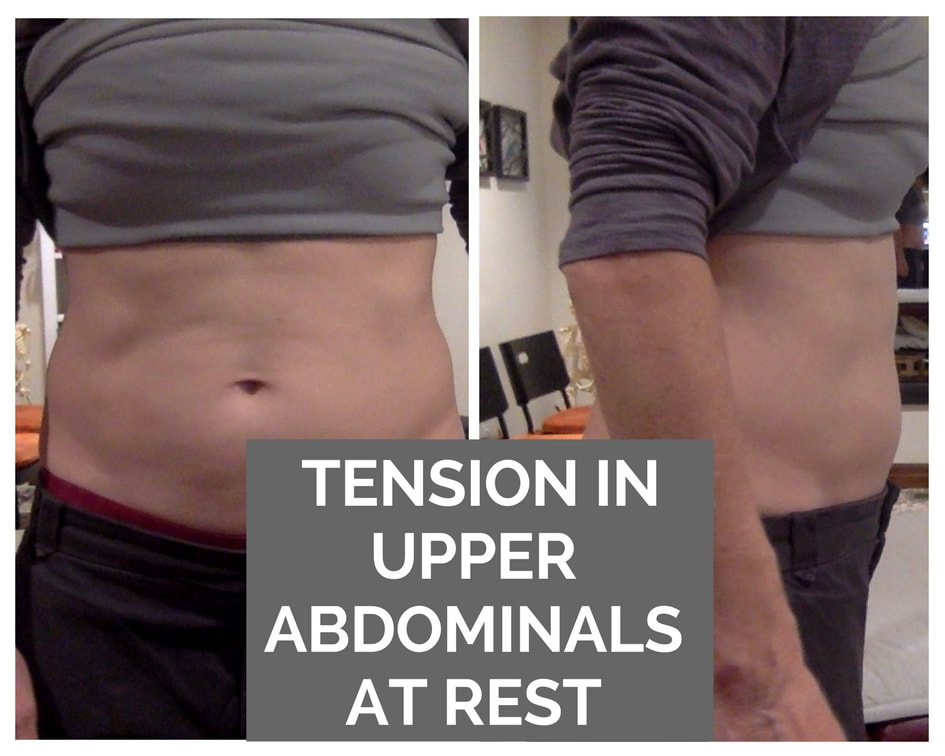
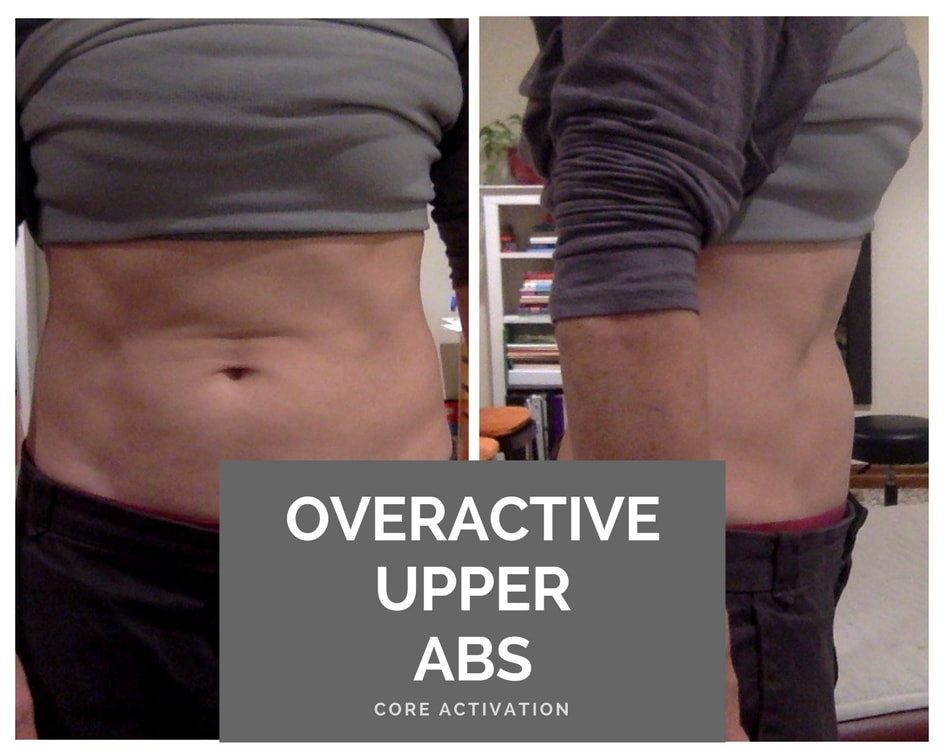
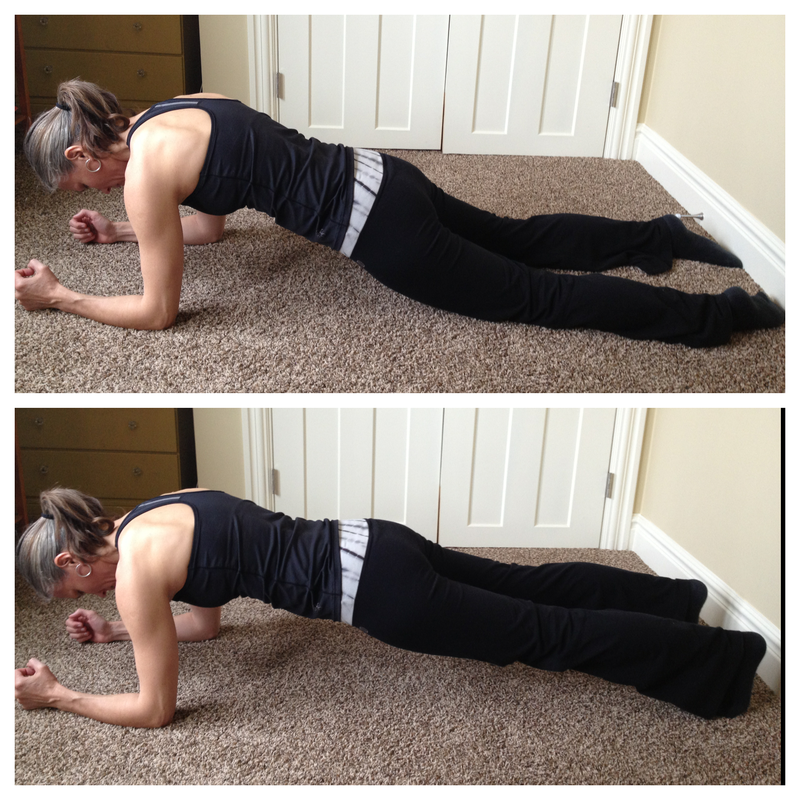
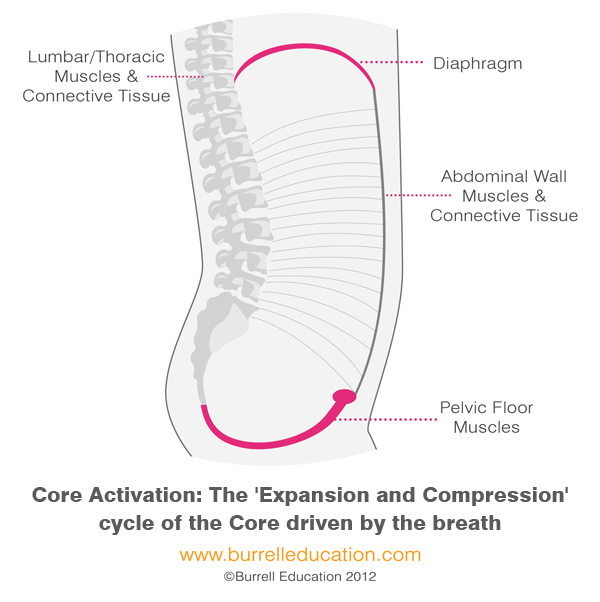
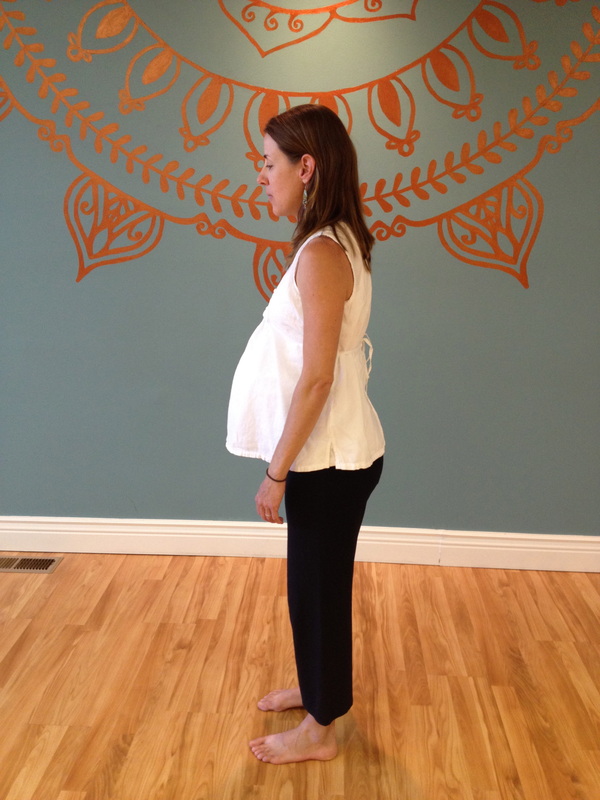
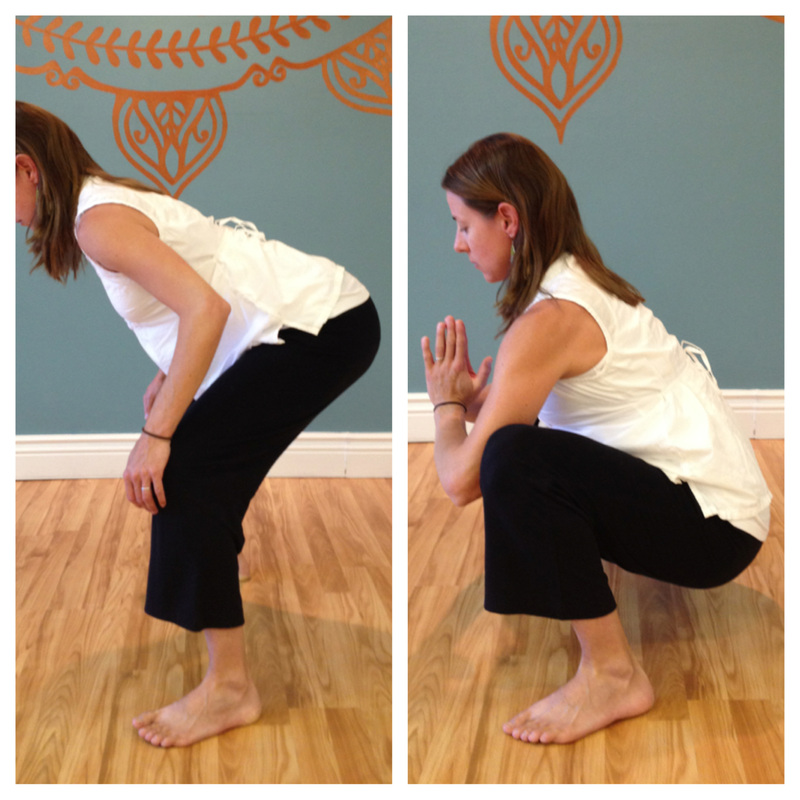

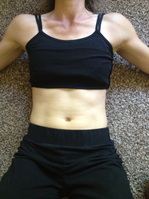
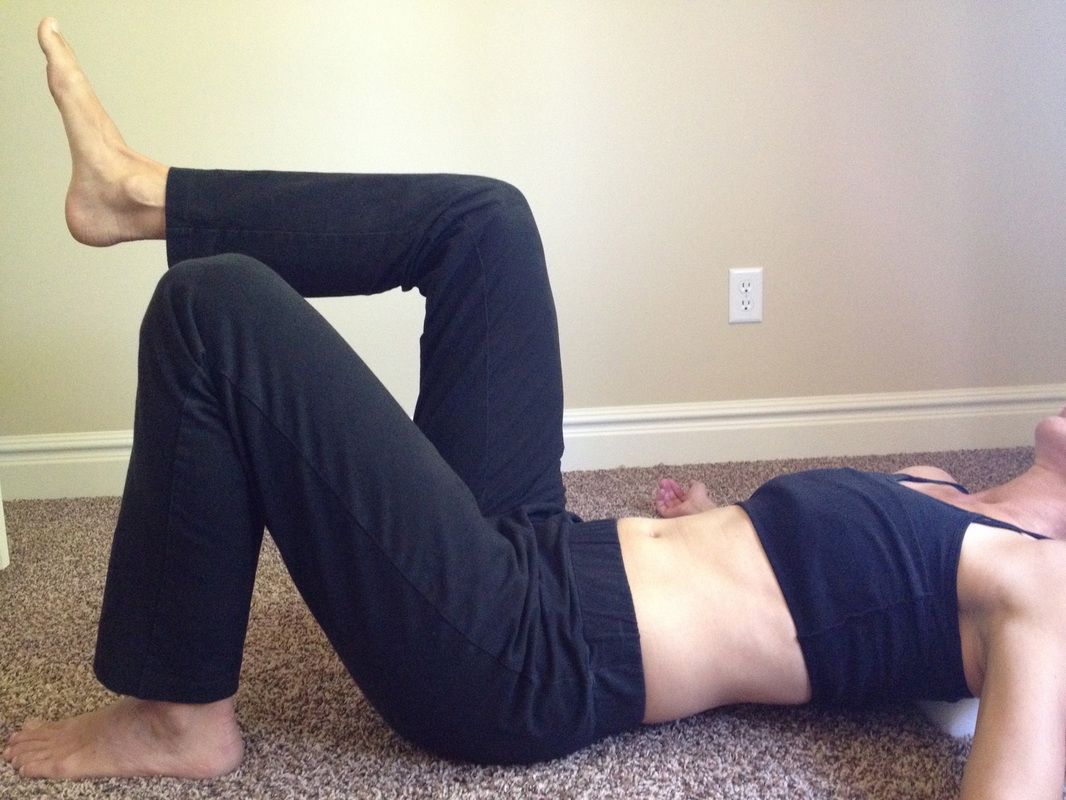
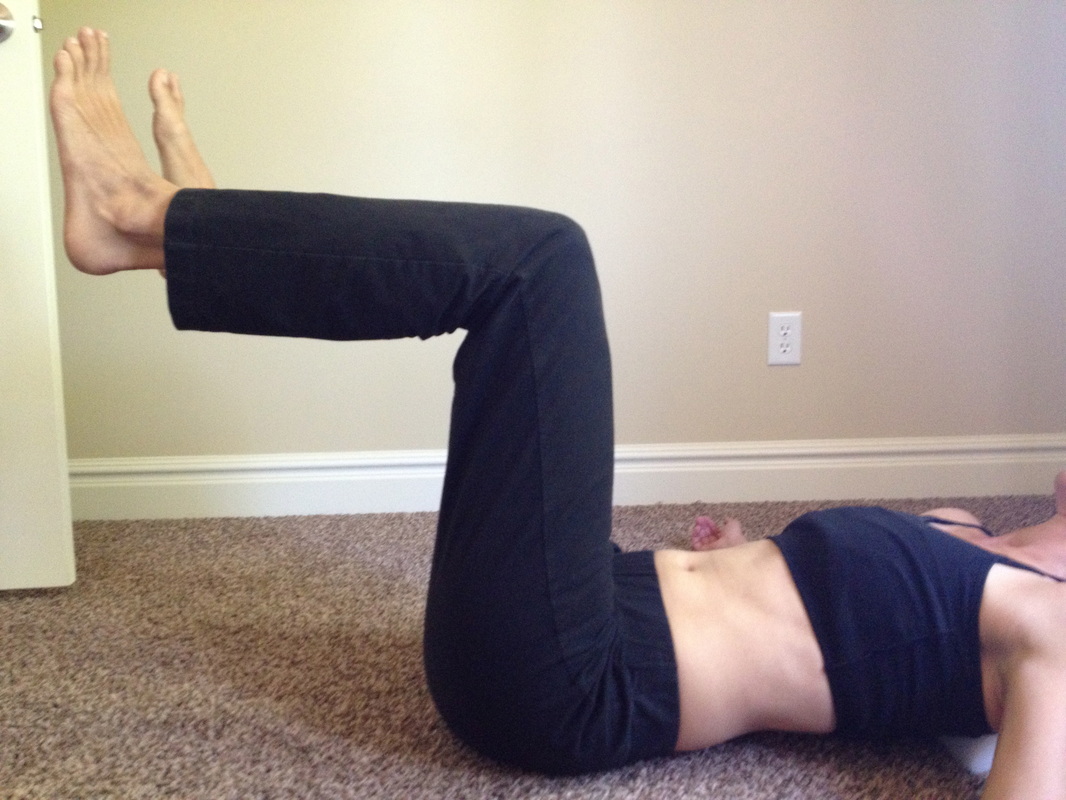
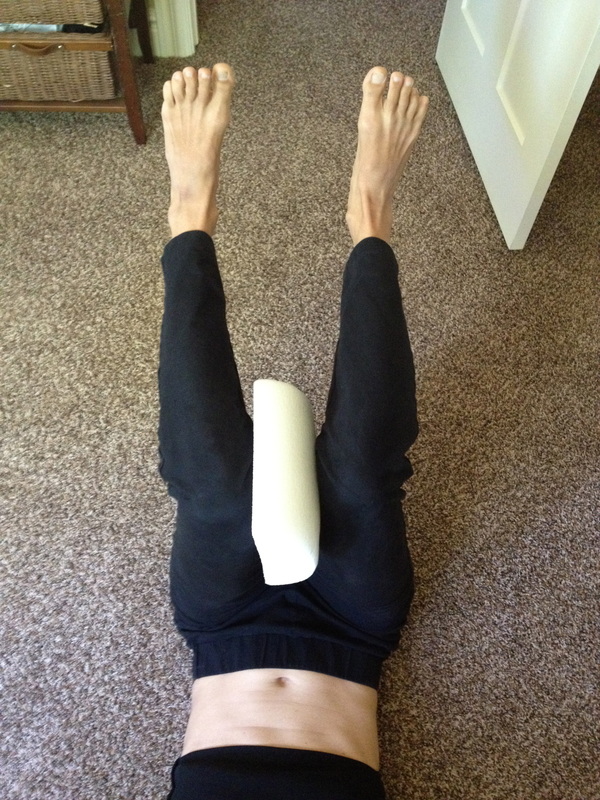
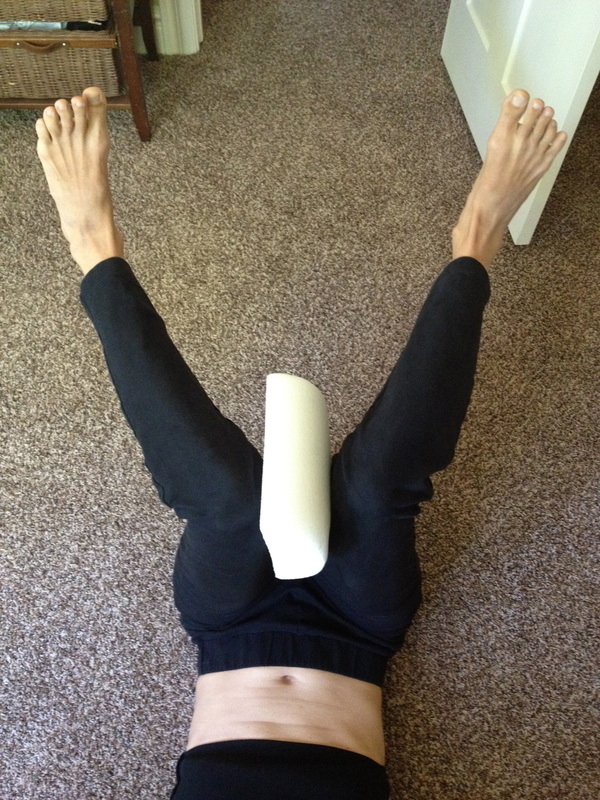
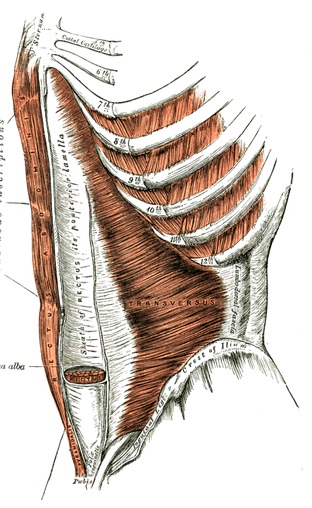
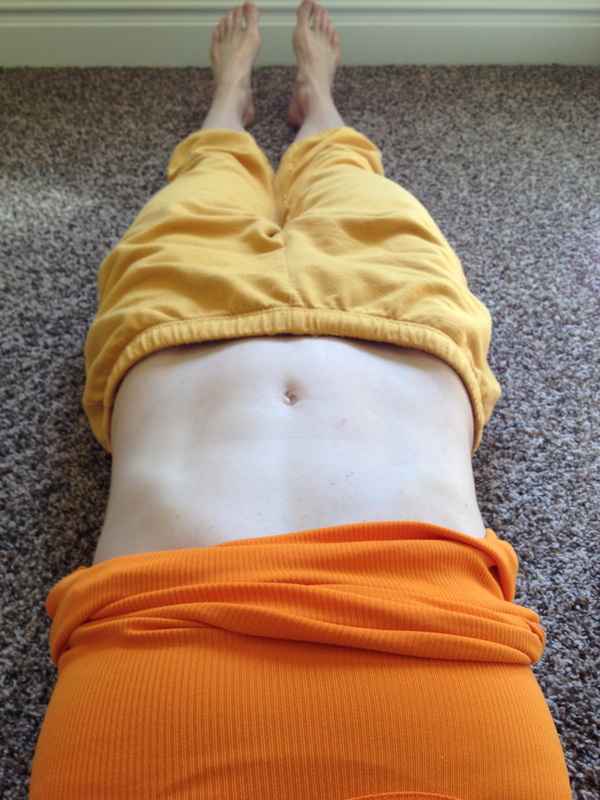
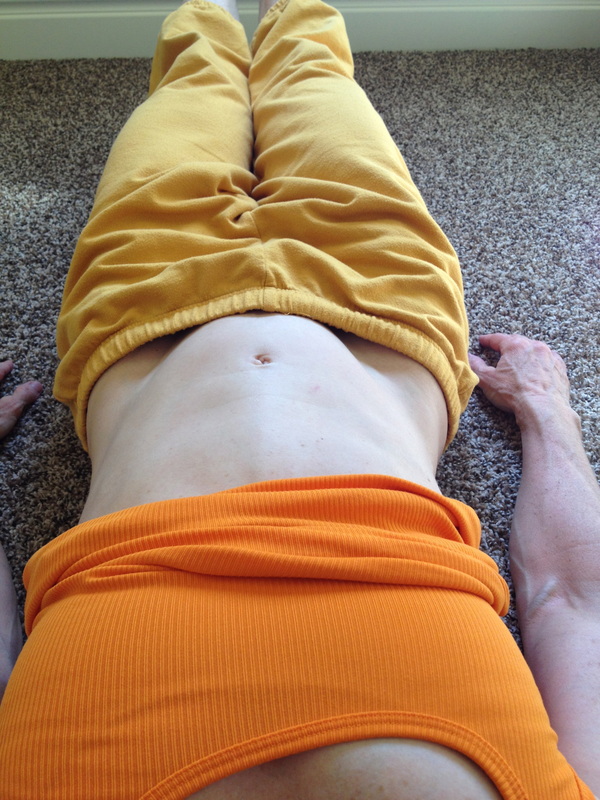
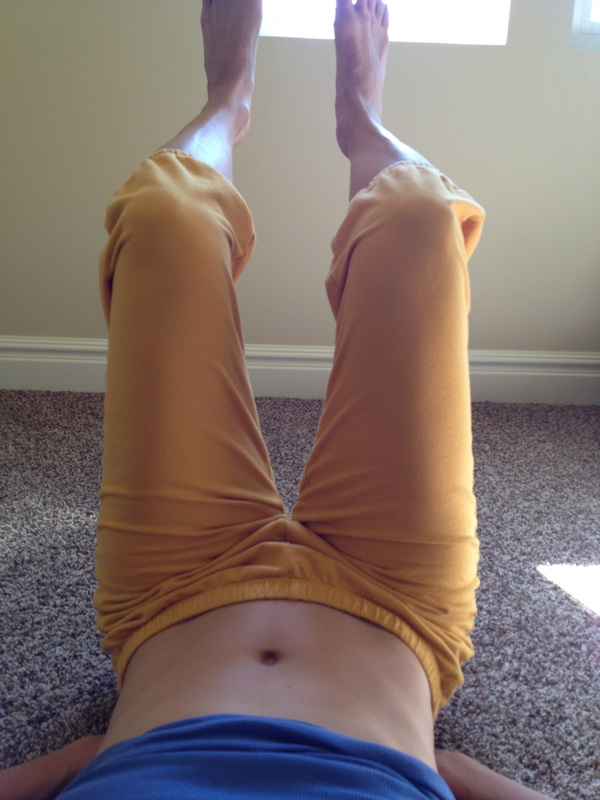

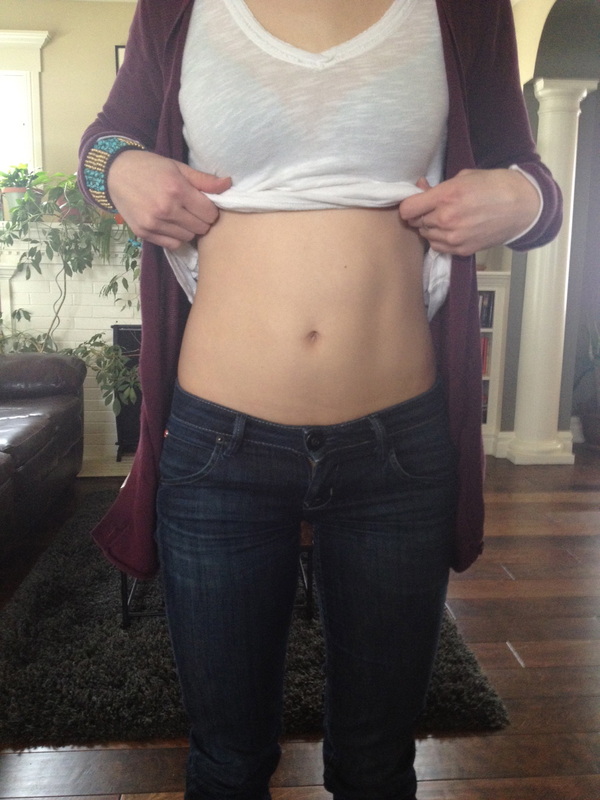
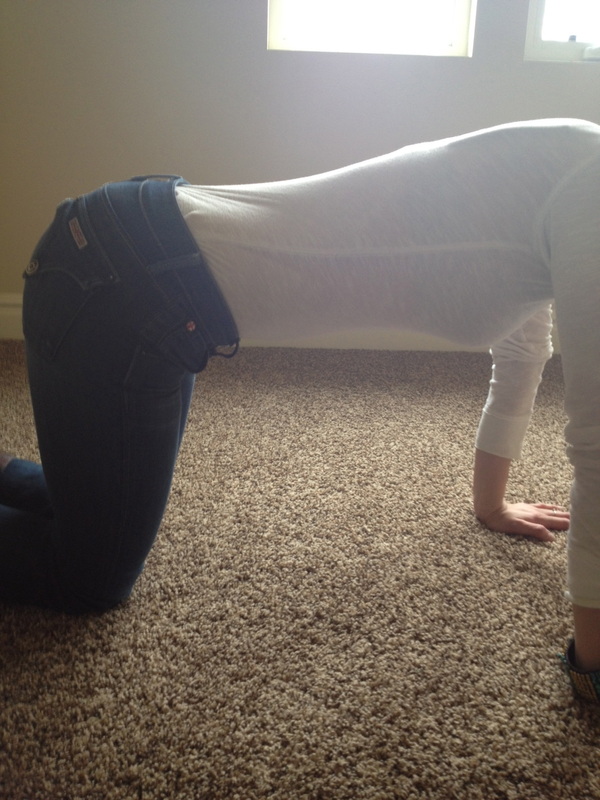
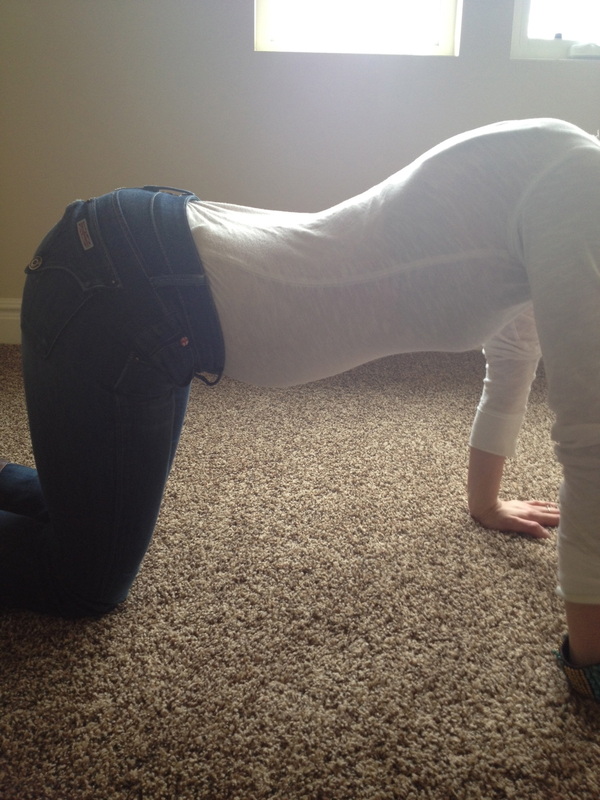






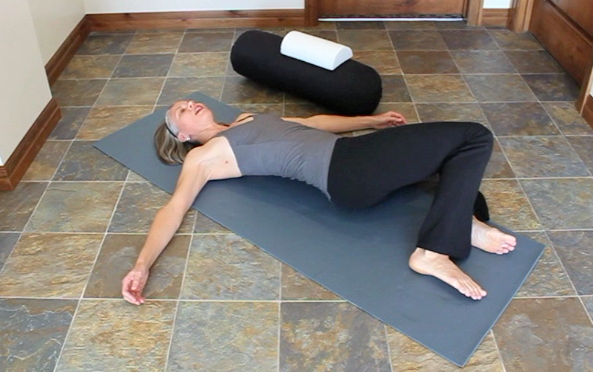
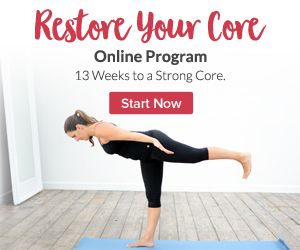
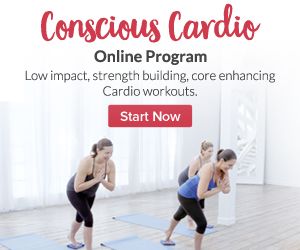
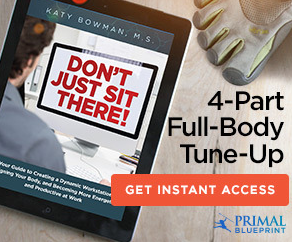
 RSS Feed
RSS Feed